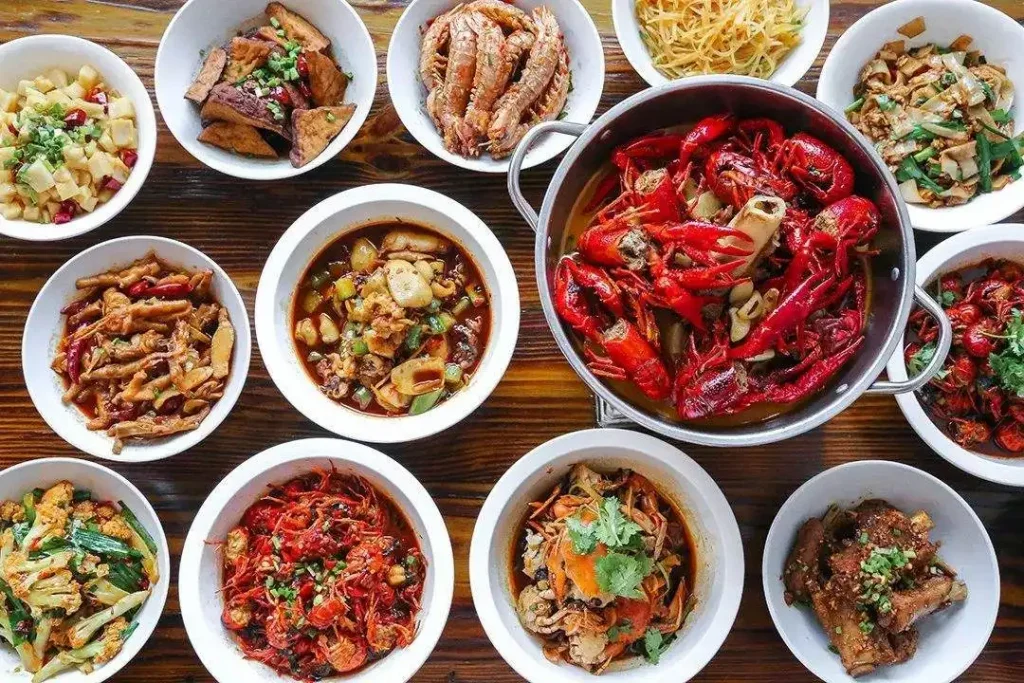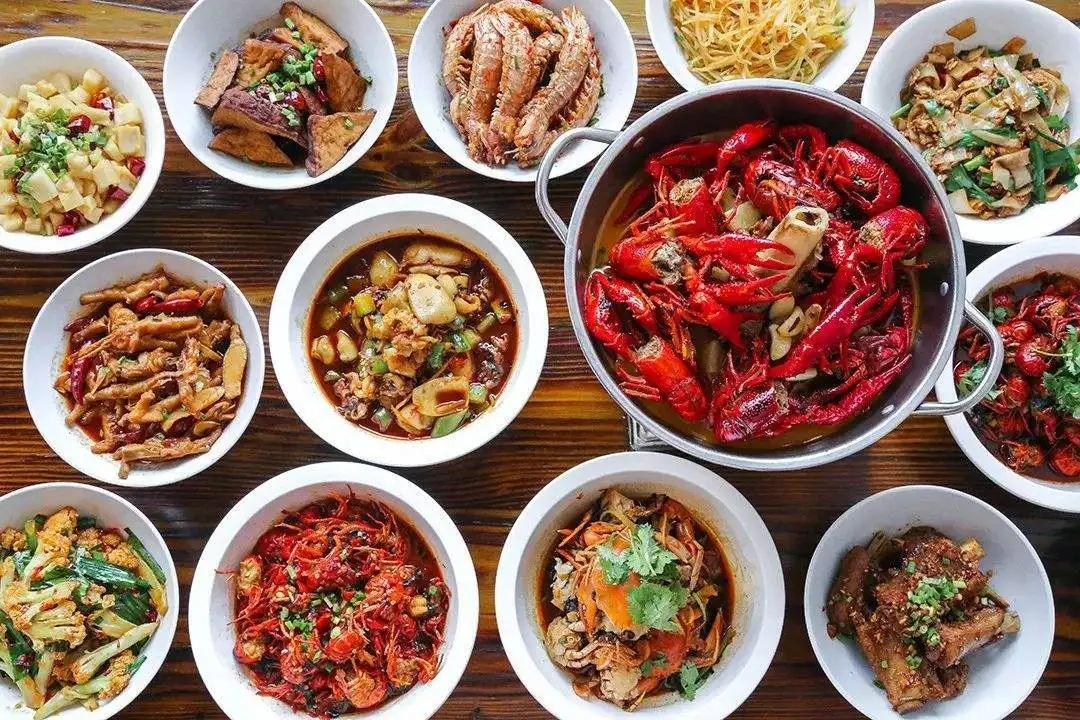Chinese cuisine is incredibly diverse, reflecting the vastness of the country and its regional differences in geography, climate, culture, and resources. The regional variations in Chinese cuisine can be broadly categorized into four main culinary traditions: Northern, Eastern, Western, and Southern. Here is an overview of each regional cuisine:
- Northern Chinese Cuisine:
- Also known as Beijing or Mandarin cuisine, it is characterized by its use of wheat-based staples such as noodles, dumplings, steamed buns, and pancakes.
- The flavors are often robust, with a preference for salt, garlic, and vinegar.
- Popular dishes include Peking duck, jiaozi (dumplings), and zhajiangmian (noodles with soybean paste).
- Eastern Chinese Cuisine:
- This region includes the culinary traditions of Shandong, Jiangsu, Anhui, and Zhejiang provinces.
- Eastern Chinese cuisine emphasizes fresh ingredients, seafood, and delicate flavors.
- Shandong cuisine is known for its use of vinegar and seafood, while Jiangsu cuisine (including the famous sub-cuisine of Huaiyang) is known for its artful presentation and focus on natural flavors.
- Anhui cuisine features hearty dishes with wild game and foraged ingredients, while Zhejiang cuisine is characterized by light flavors, fresh seafood, and an emphasis on preserving the natural taste of ingredients.
- Popular dishes include sweet and sour carp, lion’s head meatballs, and Dongpo pork.
- Western Chinese Cuisine:
- This region includes the culinary traditions of Sichuan, Yunnan, Xinjiang, and Tibetan cuisines.
- Western Chinese cuisine is known for its bold flavors, with a strong emphasis on spices, particularly in Sichuan cuisine, which is famous for its mala (numbing and spicy) flavor from Sichuan peppercorns and chilies.
- Yunnan cuisine features a mix of influences, including Southeast Asian flavors, with an emphasis on mushrooms, flowers, and herbs.
- Xinjiang cuisine is influenced by Central Asian and Islamic culinary traditions, with dishes featuring ingredients like lamb, cumin, and naan bread.
- Tibetan cuisine is characterized by its high-altitude ingredients, with a reliance on barley, yak meat, and dairy products.
- Popular dishes include mapo tofu, kung pao chicken, Yunnan-style rice noodles, and Xinjiang-style kebabs.
- Southern Chinese Cuisine:
- Also known as Cantonese or Guangdong cuisine, Southern Chinese cuisine is characterized by its focus on fresh ingredients, seafood, and a wide variety of flavors.
- The cooking techniques often involve steaming, stir-frying, and roasting, which help to preserve the natural flavors and textures of the ingredients.
- Dim sum, a style of small plates often served with tea, is a popular Cantonese tradition.
- Other famous dishes include roast suckling pig, sweet and sour pork, and steamed fish with ginger and scallions.
These regional variations in Chinese cuisine offer a diverse and rich culinary landscape, reflecting the unique local ingredients, cultural influences, and historical development of each area.
- Hunan Chinese Cuisine:
- Hunan cuisine, also known as Xiang cuisine, is another important regional cuisine in China. It is characterized by its bold, spicy flavors, with an emphasis on chili peppers, garlic, and shallots.
- Unlike Sichuan cuisine, Hunan cuisine uses fresh chilies instead of Sichuan peppercorns, which results in a different kind of heat known as “pure” or “dry” spiciness.
- Common cooking techniques in Hunan cuisine include stir-frying, smoking, and braising.
- Popular dishes include Dong’an chicken, spicy smoked pork, and steamed fish head with chopped chili.

- Fujian Chinese Cuisine:
- Fujian cuisine, also known as Min cuisine, originates from the southeastern coastal province of Fujian. It is known for its emphasis on fresh seafood, mountain-grown ingredients, and the umami flavor from the use of fermented fish sauce and soy sauce.
- Fujian cuisine is characterized by its delicate flavors, fine knife work, and elegant presentation.
- Popular cooking techniques include braising, stewing, and steaming.
- Famous dishes include Fujian-style Buddha Jumps Over the Wall (a luxurious soup with various high-quality ingredients like abalone and sea cucumber), oyster omelette, and lychee pork.
- Jiangxi Chinese Cuisine:
- Jiangxi cuisine, also known as Gan cuisine, originates from the landlocked province of Jiangxi. It is known for its focus on freshwater fish and local ingredients like bamboo shoots, mushrooms, and pickled vegetables.
- The flavors in Jiangxi cuisine are typically bold, with an emphasis on spicy, sour, and salty tastes.
- Common cooking techniques include braising, stewing, and steaming, with dishes often served in a clay pot or bamboo steamer.
- Popular dishes include Nanchang-style salted duck, steamed pork with preserved vegetables, and spicy fish hot pot.
Each of these additional regional cuisines contributes to the richness and diversity of Chinese culinary traditions. The variety of ingredients, cooking techniques, and flavors across China’s vast landscape makes Chinese cuisine one of the most complex and fascinating in the world.
